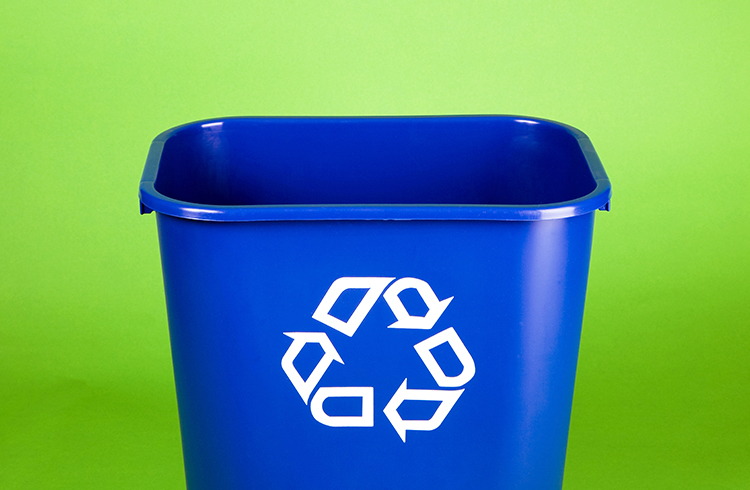Sustainability Return To Work Recommendations
Use these recommendations to integrate sustainability into Health & Safety and local requirements when returning to work. This guide will help prioritize responsible practices and purchasing, carbon emission and air pollution reduction strategies, normalizing digital workflow and addresses strengthening and communicating sustainable production practices for the long-term resiliency of our industry.
When Global Crises Overlap
by Katie Carpenter and Mari Jo Winkler
It is often said that moments of crisis can be moments of opportunity. We can combat the virus and the climate crisis while we protect the health of our families, coworkers and communities of color. If we act together, we will make film and TV production safer, healthier, greener and more equitable, all at the same time.
Additional And Updated Resources
On Set Waste and Recycling Guidelines
Follow simplified industry standard waste and recycling protocols and use refreshed signs to help separate properly. Keeping food waste and wood out of the landfill will reduce methane emissions, a potent greenhouse gas and contributor to climate change. Remember, reducing and reusing materials is always the first step in waste reduction.
Return to Work Product Recommendations
See select sustainable return to work related vendor and product listings to supplement the site’s Green Vendor Database. This lists includes canned water brands, green cleaning products, PPE recommendations, battery powered mobile generator sources and digital workflow solutions.
Renewable Diesel Fact Sheet
Renewable diesel is a drop-in, non-petroleum fuel for all diesel engines that reduces emissions and air pollution, specifically particulate matter which is tied to an increase in COVID-19 deaths.
PEACH: Production Environmental Actions Checklist
Both the PEACH and PEACH+ have been reviewed to consider COVID-19 return to work best practices for a sustainable production. Always defer to current health and safety regulations under these circumstances. In addition to the departmental best practices, use the sustainable production tools to plan, communicate, implement and measure your efforts. Read More



